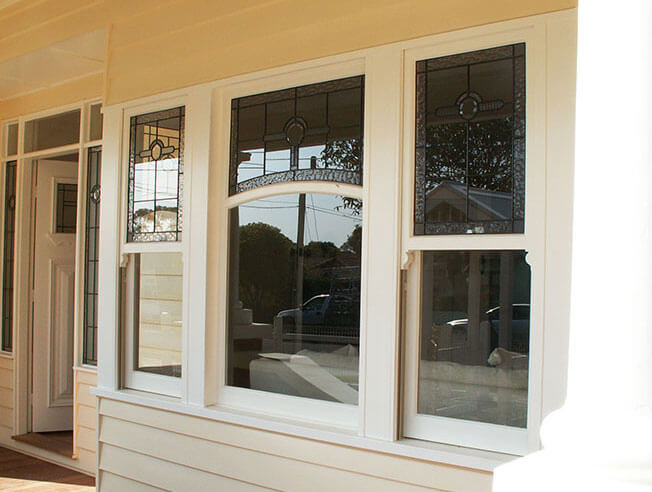All Categories
Featured
Table of Contents
Carnegie 3163, Vic. Amazing Service By Aps Double Glazing in South Perth WA
Glazing simply suggests the windows in your house, consisting of both openable and set windows, as well as doors with glass and skylights. Glazing really just means the glass part, however it is typically utilized to refer to all elements of an assembly including glass, movies, frames and home furnishings. Focusing on all of these elements will help you to attain effective passive style.

Energy-efficient glazing makes your house more comfortable and drastically lowers your energy costs. However, unsuitable or improperly designed glazing can be a major source of unwanted heat gain in summer and considerable heat loss and condensation in winter. Up to 87% of a house's heating energy can be acquired and as much as 40% lost through windows.
Glass & Glazing - Easy Windows Upvc Double & Triple ... in Stirling WA
Glazing is a significant financial investment in the quality of your house. An initial investment in energy-efficient windows, skylights and doors can considerably reduce your annual heating and cooling expense.

This tool compares window choices to a base level aluminium window with 3mm clear glass. Understanding a few of the crucial residential or commercial properties of glass will assist you to choose the very best glazing for your home. Key residential or commercial properties of glass Source: Adjusted from the Australian Window Association The quantity of light that goes through the glazing is called noticeable light transmittance (VLT) or visible transmittance (VT).
How Are Double Glazed Windows More Energy Efficient? in North Fremantle Western Australia
This might lead you to change on lights, which will result in higher energy costs. Conduction is how readily a product conducts heat. This is called the U value. The U value for windows (expressed as Uw), describes the conduction of the entire window (glass and frame together). The lower the U value, the greater a window's resistance to heat circulation and the much better its insulating worth.
If your home has 70m2 of glazing with aluminium frames and clear glass with a U worth of 6. 2W/m2 C, on a winter season's night when it is 15C chillier outside compared to inside, the heat loss through the windows would be: 6. 2 15 70 = 6510W That is comparable to the overall heat output of a big room gas heater or a 6.
Double Glazed Windows Sydney in Wellard Perth

If you pick a window with half the U value (3. 1W/m2 C) (for example, double glazing with an argon-filled gap and less-conductive frames), you can cut in half the heat loss: 3. 1 15 70 = 3255W The solar heat gain coefficient (SHGC) for windows (expressed as SHGCw) determines how easily heat from direct sunlight streams through a whole window (glass and frame together).
The lower a window's SHGC, the less solar heat it sends to the home interior. The real SHGC for windows is impacted by the angle that solar radiation strikes the glass.
Double Glazed Windows And Doors In Perth in Yokine Western Australia
When the sun is perpendicular (at 90) to the glass, it has an angle of incidence of 0 and the window will experience the optimum possible solar heat gain. The SHGC declared by glazing manufacturers is always determined as having a 0 angle of occurrence. As the angle increases, more solar radiation is shown, and less is transferred.
Latest Posts
Faq in Bedfordale Perth
What Are Double Glazed Windows? - Build in Duncraig Western Australia
Single Glazed Vs Double Glazed Windows - Ultimate Guide in Kensington Perth